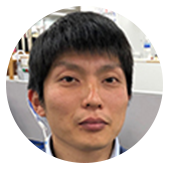'Eternal gem'
The compilation, first published in 1923, contains 13 mythological stories called "yukar" that belong to Japan's indigenous Ainu culture. They were transcribed by Chiri when she was a teenager. The stories were shared in chant form by her grandmother, who she lived with in Hokkaido.
Chiri died aged just 19, but not before leaving an indelible contribution to the understanding and appreciation of her people's beliefs. Because the Ainu had no written language, she used the Roman alphabet to express sounds with Japanese translations attached in parallel.
The book was penned at a time when Ainu culture was fast disappearing as a result of the Japanese government's assimilation policy. It was the first book to be written by an Ainu and it gave insight into their unique view of nature. Dr. Kindaichi Kyosuke, a linguist who encouraged Chiri, described the work as an "eternal gem."
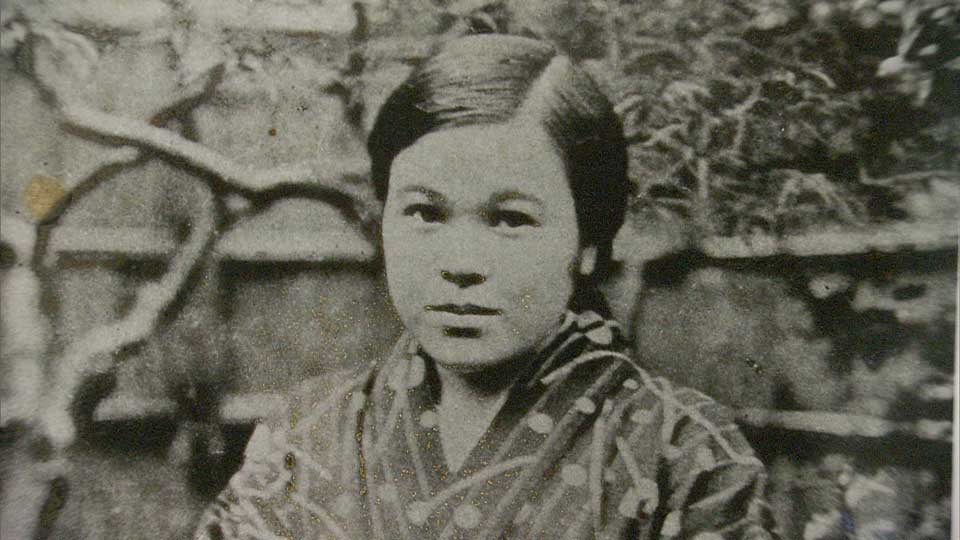
Chiri was born in the city of Noboribetsu, Hokkaido, in 1903. Separated from her parents at the age of six, Chiri lived with her grandmother and aunt in Asahikawa.
She was obliged to learn the Japanese language at school but spoke an Ainu dialect at home. Linguist Kindaichi met her when he visited the household to speak to Chiri's grandmother. He suggested she put her grandmother's stories together in book form.
Chiri took his advice and put the tales down on paper. But not long before her work could be published, she died of a heart ailment.

A museum in Chiri's memory
A museum in Chiri's hometown celebrates her achievements. It was built 12 years ago with donations from across Japan.
Her diaries, and letters addressed to her parents, are on display. Local volunteers are in charge of day-to-day operations.
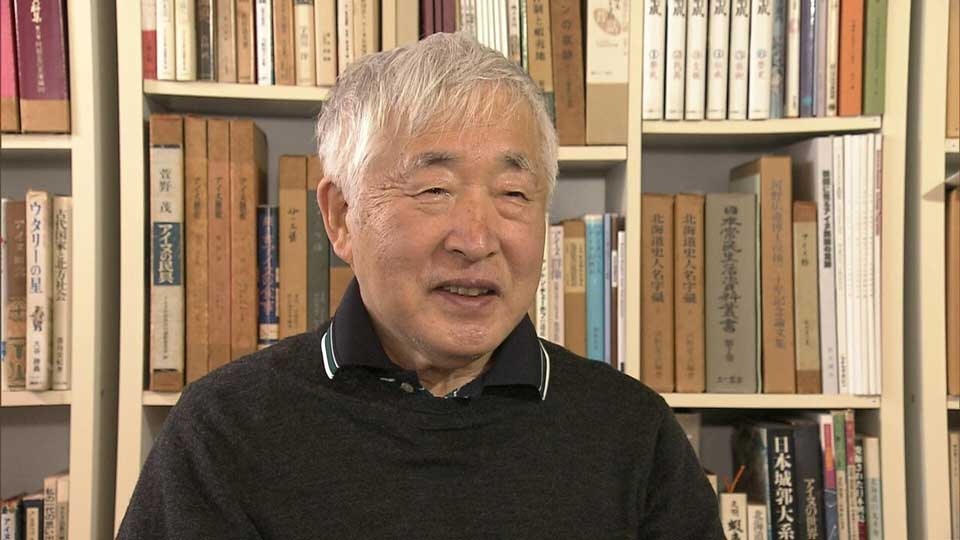
The head of the museum is Kanezaki Shigeya. The 76-year-old took over from Chiri's niece, Yokoyama Mutsumi, who died from an illness six years ago.
Kanezaki's initial interest was the Jomon period, which lasted 10,000 years in Japan from about 13,000 years ago, but he began to study the Ainu people after learning that their sentiments and view of nature had been passed down from people of that era. The retired elementary school principal has been involved in the running of the museum since its inception.
"I'm really moved by the life of Chiri Yukie, who took on the government's discriminatory assimilation policy as a proud Ainu," Kanezaki says. "At a time when the Ainu were deprived of their voices, her transcription of their narrative into text must have served as a huge encouragement to her people. Learning about her life is a big inspiration to a lot of people."

Kanezaki believes the preface that Chiri wrote in her book is essential to understanding her thoughts: "In the past, this spacious Hokkaido was our ancestors' world of freedom," she wrote.
Chiri expresses anxiety and sorrow about the lives and language of her people being lost: "The many words that our beloved ancestors used to express their thoughts to one another in the course of their daily lives, the many beautiful, time-honored words that they passed onto us, must these too disappear together with all the weak who have lost resolve and are perishing? Oh, that would be too pitiful, too painful a parting."

Sentiments that resound globally
Chiri's words transcend national borders and have recently been translated into many languages. The surge of interest began three years ago when a Chinese student studying in Hokkaido translated the preface into Chinese.
The Chiri Yukie museum posted an online request for the passage to be translated into other languages.
A number of students and researchers responded. The words have now been put into 30 languages, including English, French, Swahili and Basque.
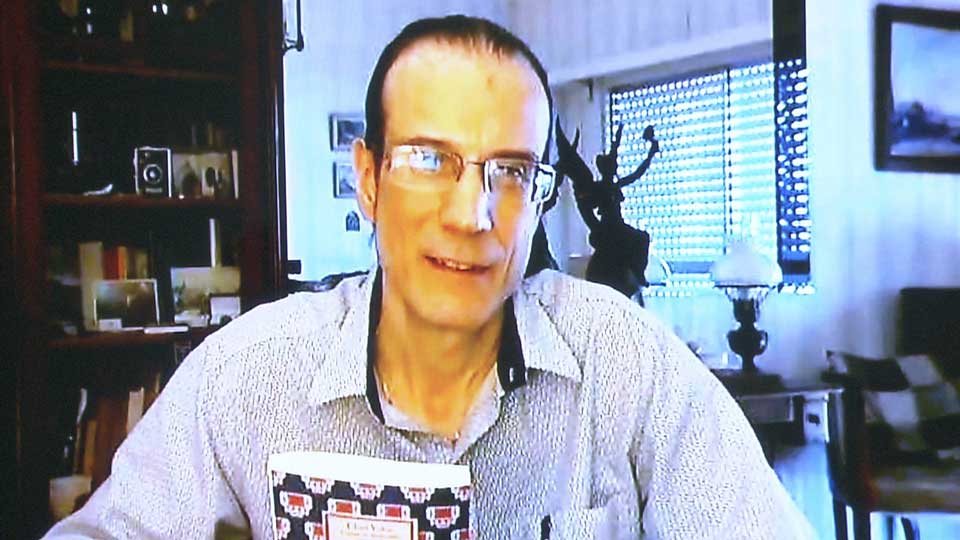
Gustavo Beade, who teaches Japanese literature at a university in Argentina, translated the preface into Spanish in 2019 and completed the whole book in April last year.
He first learned about "Ainu Shinyoshu" during a trip to Japan. He says he was instantly enthralled by the beauty of the expressions and their relevance to the present day.
"The preface conveys the heartache and desolation that Chiri felt," says the 56-year-old academic. "What is written here about the loss of culture, language and narratives in the changing world is a present-day issue. It's relevant to indigenous peoples in Argentina. Chiri's wishes to make more people recognize the existence of her people can be shared beyond times and national borders."
A century since Chiri's death
Beade notes with surprise that Chiri's work is little known in Japan. When he was in the Tokyo area, he visited major bookstores in search of a copy of "Ainu Shinyoshu". But no one he spoke to had heard of the title or its author.
"Ainu Shinyoshu" is a great cultural and literary asset," he says. "I never expected that so few Japanese people would know about such an important work of literature."
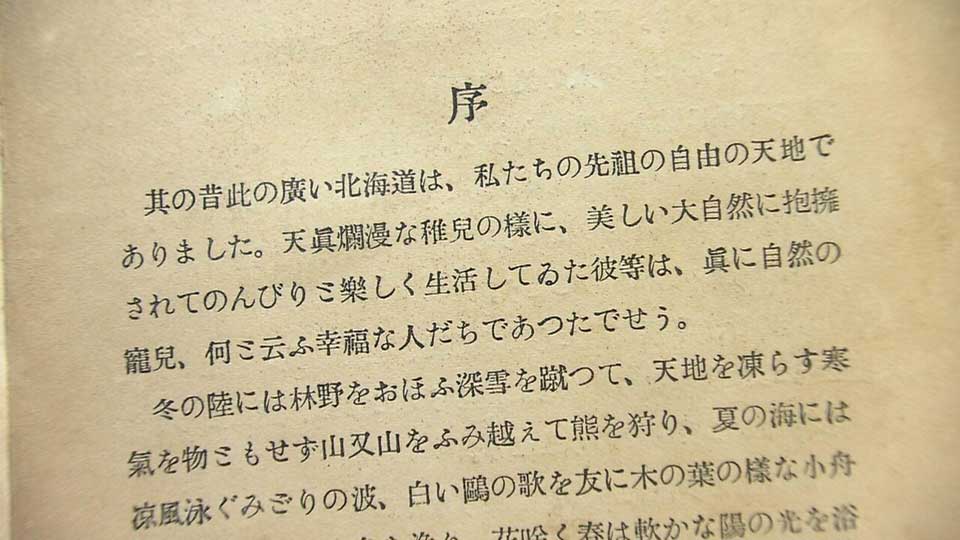
The translations of Chiri's preface are on display at the museum, along with versions of her book in English and German. Kanezaki hopes many people will pay a visit to mark the 100th anniversary of the author's death.
"Chiri Yukie expresses in her own words her righteous wishes to live her life with dignity as an Ainu," says the museum head. "I think her words resonate with many people regardless of nationality because the words are worth heeding.
"On the other hand, I must point out that her wishes have yet to materialize even after 100 years. That's why I'd like many more people to know about her and her thoughts."

